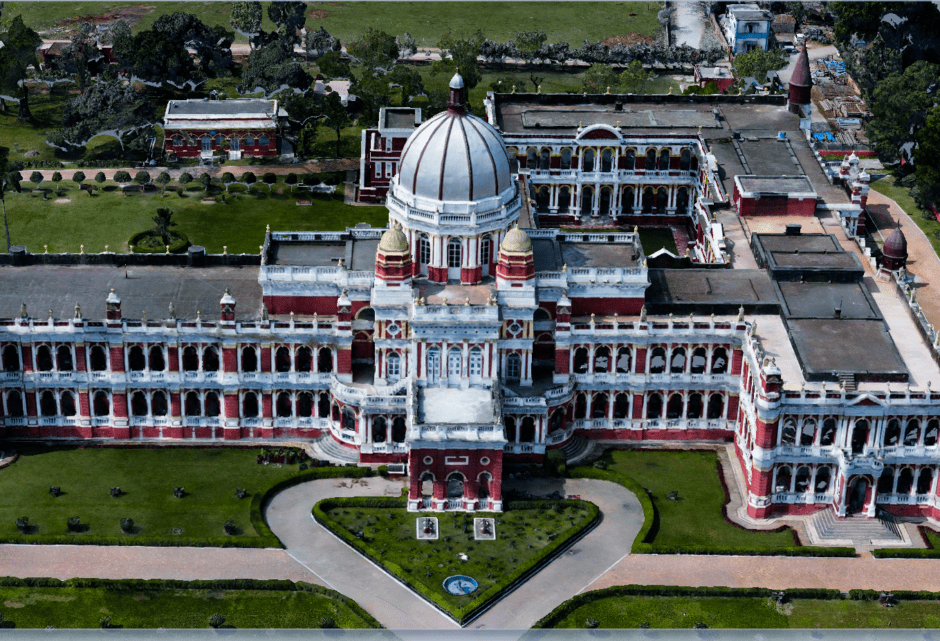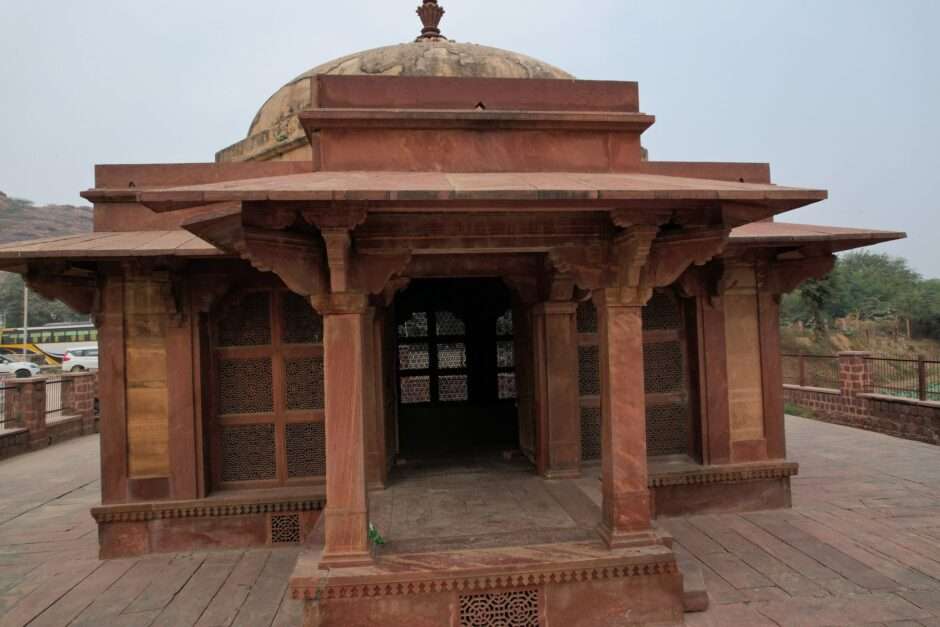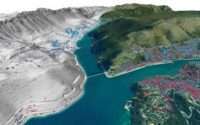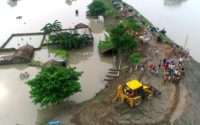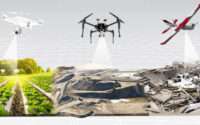Drone Surveys in India: Uncover the Secrets of Historical Sites
Introduction
Drones, which were initially developed for military purposes, have witnessed an exponential rise in civil applications, including historical site surveys. India, a country globally renowned for its rich historical heritage, is now tapping into the potential of drone surveys to unveil the undisclosed secrets of its historic sites. These advanced tools are not just restricted to providing a bird’s eye view of the landscape. But they also enable detailed, high-resolution mapping of these sites, revealing information that is often missed by the naked eye or traditional survey methods.
The Evolution and Impact of Drone Surveys
The advent of drone technology has revolutionized the study and understanding of archaeological sites. Historically, archaeological surveys were time-consuming, labor-intensive, and often dangerous. However, with the introduction of drones, these surveys have become safer, faster, and more precise.
- Drone surveys: These are a cost-effective, efficient, and safe method of capturing high-resolution images and videos of archaeological sites. They can cover large areas in a short amount of time, making them a valuable tool for researchers.
- Increased accessibility: As the number of drone service providers in India has increased, this technology has become more accessible to archaeologists and historians.
- Detailed imagery: The high-quality images captured by drones can be used to create 3D models of sites, which can aid in further research and conservation efforts.
Unveiling Historical Mysteries: Drone Surveys in India
Drone surveys in India have greatly enhanced the exploration of historical sites, uncovering hidden aspects with precision and detail.
- Hampi, Karnataka: Hampi was once the thriving capital of the Vijayanagara Empire, boasting architectural excellence and cultural vibrancy. A recent drone survey of this UNESCO World Heritage Site unraveled previously unknown structures and provided researchers with better insight into the layout and construction techniques of this ancient city.
- Rakhigarhi, Haryana: Known as one of the largest settlements of the Indus Valley Civilization, Rakhigarhi was another site surveyed using drones. The aerial view provided by the drone survey helped archaeologists to understand the extent of this ancient city. And its urban planning, shedding light on a civilization that existed approximately 5000 years ago.
The Future of Drone Surveys in India
Given the successful applications and undeniable potential of drone technology, it’s safe to predict that drone surveys will play an increasingly crucial role in the research, conservation, and restoration of historical sites in India. As technology advances, we can expect even more detailed and accurate survey results. It will revolutionize the way we explore and comprehend our rich historical heritage. Drone surveys in India are not just about uncovering the secrets of historical sites. They are also fundamentally about preserving our past for future generations.
Recapping the Journey
In conclusion, drone surveys in India have undoubtedly altered how we uncover historical sites’ secrets. They offer a novel perspective, reveal unseen details, and assist in the preservation of these priceless sites. As India continues to embrace and adapt this technology, we can also anticipate more hidden historical secrets being unveiled. And, leading us to a better understanding of our past.
